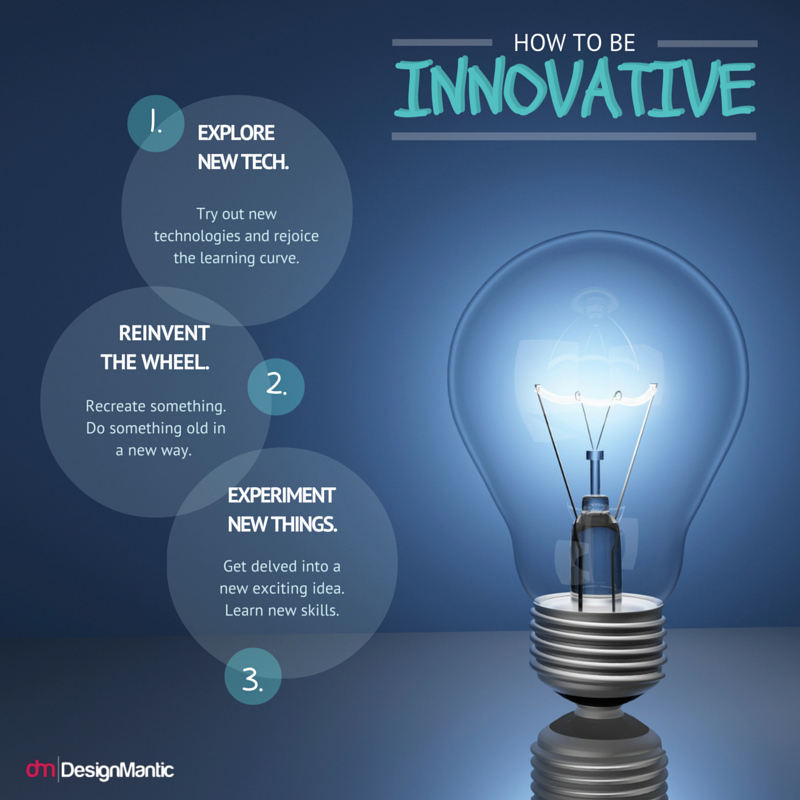If a designer wants to be innovative, the first thing he does is think outside of the box. Every designer does this differently. Some designers might choose to be innovative by –
- Trying new technologies
- Using the same ideas in creative ways
- Trying to be as original as possible
But are there any rules that govern innovation? After all, innovation by definition means anything that is new or unique. Based on this, if a design is supposed to be the first of its kind, you can’t expect it to be governed by rules.
Or can you?
Some designers say that rules are meant to be broken when it comes to creating unique or creative designs. Others say that there are certain rules that do apply.
However every designer has a different perspective on what these rules should be. What do the rules of innovation mean for designers? That is what we are here to find out.
In a previous post, we discussed when designers can refuse to sell the rights of a logo. In this post, we will discuss whether rules should govern innovation in design.
Rule #1 – Take Risks and Embrace Failure
A breakthrough design is one that is something new. And if a designer aim is to create something that hasn’t been seen before he needs to venture into the unknown. In other words, he might need to take risks. And with risks, come failures. Design experts like Evan Brown say that taking risks and embracing failure are both essential rules for breakthrough design –
“The basic rule of thumb for creating breakthrough innovation in anything is: Take risk and be open to failure. When you are open to failure you have nothing to worry about and a breakthrough innovation demands a fearless attitude. If you are not entirely confident or fearless, you are not ready to bring the change.”
Rule #2 – Ask New Questions
Designers who want to be innovative, make it a rule to ask the right questions. Keep in mind, breakthrough innovation means creating something that hasn’t been done before. And if you want to create something new, you might need to ask yourself questions that are new as well.
What makes a web design innovative? How can I make a client’s logo unique? What will I need to do to get there? Questions like these invoke new ideas.
Marketing expert George Cathey echoes this sentiment –
“Asking the questions is a good start…Asking great questions is even better. But the truly great questions are the ‘new’ questions that provoke answers which reveal a new and deeper understanding and suggest new directions forward. Let’s face it, the questions that have been asked may be good questions…and they may have spurred positive results in the past…But when we find ourselves up against a wall which cannot be penetrated—we know one thing at least… The questions that brought you to the wall are not the ones which will get you through it.”
Rule #3 – Learn From Failures
This makes sense. Innovation doesn’t happen immediately. It’s a process of trial and error. It takes countless errors or mistakes before a designer can create something that is considered innovative.
Joel Hladecek says that creating an innovative product require incorporating those failures strategically –
“Assuming you have already determined that your client is searching for ‘breakthrough’, the questions you ask are not significantly different, only the intent is different. You need to find strategic relevance regardless. So the real difference between the goals is how deep you dig, how far you explore – where you set the bar. That’s why you must expect and accommodate a cycle of failure, and realignment.”
When it comes to innovation, some designers stick to their own rules. One designer might consider it a rule to take risks while another might ask the right questions.

